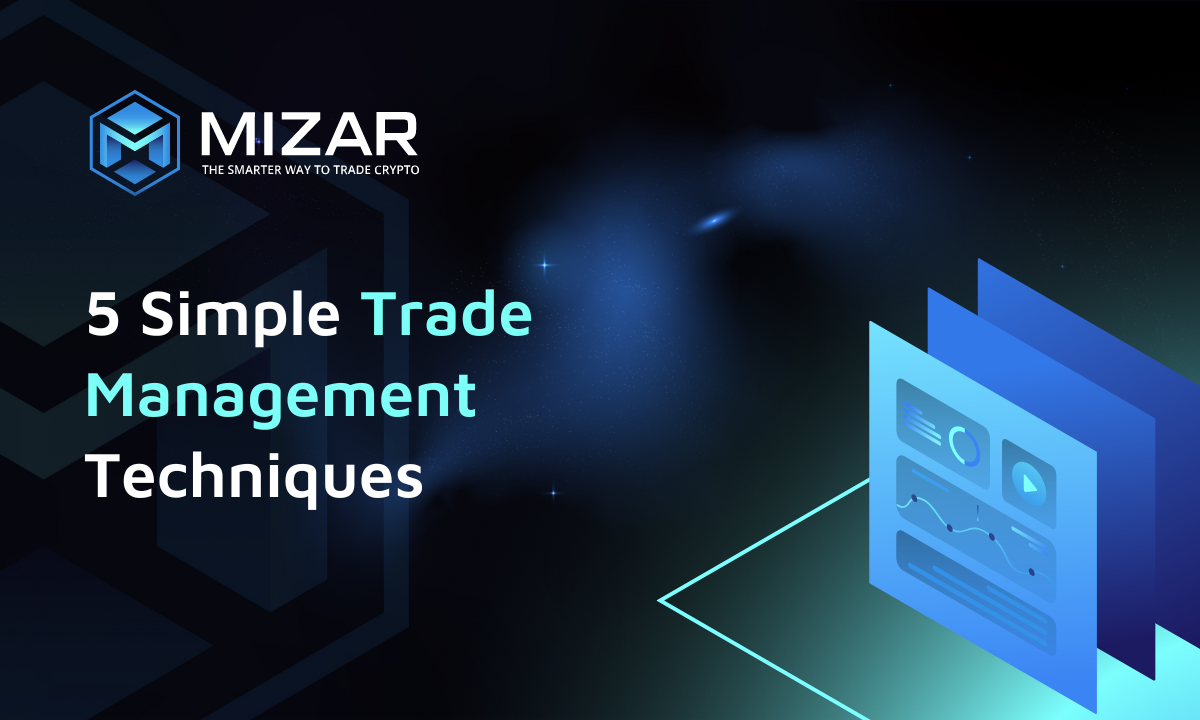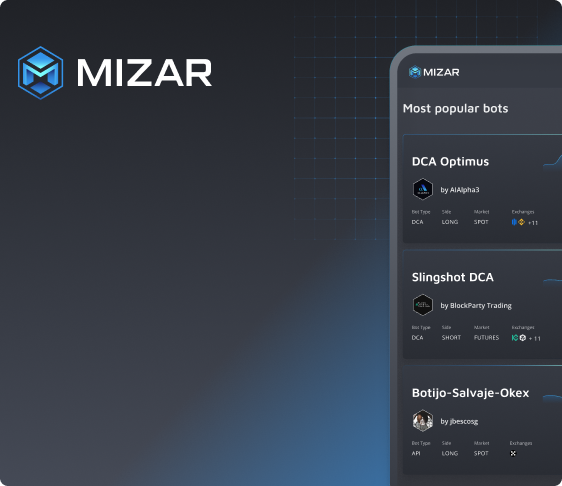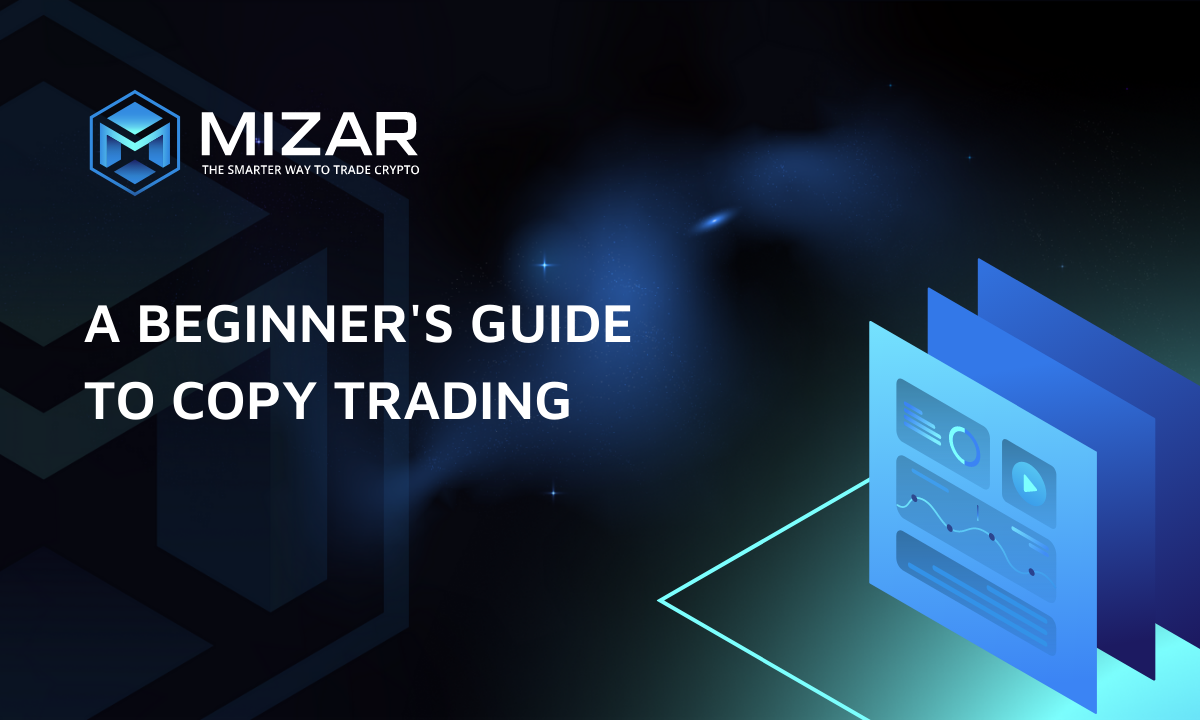5 Simple Trade Management Techniques

Trading traditional assets or cryptocurrency requires having a strategy. It's the only way to succeed in a competitive world of trading. The good news is that even beginners can start trading successfully with some of the simplest and most effective trade management techniques. This article covers all the details necessary for you to start trading successfully.
What Is A Trade Management Technique?
The technique of efficiently completing a transaction sequence is known as trade management. It includes locating a setup, deciding allocation size, and preparing the trade. The trader then executes an entrance, monitors the trade, and exits by maximizing the trade gains.
Proper trade management leads to minimal losses and maximum earnings using sound risk management mechanisms. It also requires understanding the market and pricing data of the asset. Thus, many traders prefer to use analytics platforms, such as ICOholder, to gain more information on the asset.
Proper trade management requires discipline, an understanding of the underlying stock's behavior, and a good trading approach. Simply put, traders must choose to trade an asset they understand. They should learn about assets' behavior on the market. Moreover, they should know when to enter and exit the trade.
Why Is The Trade Management Strategy Important?
When a trader enters the trade, one of these two situations occurs:
The trader closes a trade on their terms.
The trader is forced to close a trade on market terms.
The first situation means the trader gets profit (or minimizes losses). The second situation shows a trader must've closed the trade because they couldn't bear more losses. The first situation shows the trader was monitoring and managing the trade. If you use a logical strategy, you should be able to close the trade on your terms and gain profit.
Traders must manage their trades at all times if they want to make more money and minimize losses whenever possible. However, you must exercise caution to avoid over-managing your trades.
Over-managing occurs when traders harm themselves by interfering with trades. You may assess whether or not your actions are optimizing your profits and losses by maintaining a log of how trades would've played out if you hadn't optimized the transaction.
After a trade is closed, you can check out the log and see whether you had a chance to optimize the trade given market conditions. If optimizations are possible, add them to your strategy.
For example, if you discover that completing your trades costs you cash on transactions that would have been closed at a better price, the remedy is simple: cease overriding your targets.
Key Facts To Remember
Creating a trade management strategy requires keeping in mind a few things. The first thing to memorize is that no system is flawless. There will be occasions when you sell a position at the exact bottom and times when you purchase at the exact top. It's just the way trade works.
It is challenging to prevent poor outcomes every time one trades. The market is continuously changing, and what works best varies tremendously depending on the nature of the market movement.
The second thing to remember is that it's nearly impossible to predict the future. When you accept that you don't know what a stock will do after acquiring it, it becomes easy to appreciate the immense importance of a trade management system.
We can't rely on our homework to anticipate how an asset will behave. No matter how certain we are about fundamentals or other issues, we will always be at the mercy of price movement. Simply put, even if you learn about the asset and how it behaved in the past, it can still surprise you. That's why you need a management system. It will enable you to minimize losses.
5 Easy Trade Management Techniques
Now that you know more about the trading management technique and its importance, let's learn about a few easiest to adapt strategies. Here is a list of strategies to consider:
Manage the position size.
Evaluate trading scenarios.
Remove Profit & Loss from the trading screens.
Use separate accounts for different trading strategies.
Scaling in and out of positions.
Now let's dive into details.
Manage The Position Size
The entire amount of your stake will decide how emotionally attached you are to the trade. If it's too big, you'll be glued to the screen, unable to focus on other things. If you're a full-time trader, this strategy might suck out your energy and time from trading other stocks. If you're employed, it will hurt your performance.
However, a small stake won't be sufficient for the success of the trade. It implies you're more prone to behave erratically and mismanage the trade. Your position size should be significant enough to make a difference. However, if the trade hurts your profit, it won't be too big a loss.
Evaluate Trading Scenarios
Before you choose the purchase button or open a position, you should be aware of the potential outcomes of the trade. Is there any impending information? What about support and resistance? What if you purchase and there is a sudden volume increase, causing the stock to soar 20%, only to fall back to breakeven?
You must consider all these factors before entering the trade. Examine the graph for areas of support and resistance. If you want to trade around your starting position, consider slicing at resistance and reloading at support. You won't have it easy all the time and gain money on every trade. However, being prepared for losses secures you from losing too much.
Remove Profit & Loss From The Trading Screens
Money influences our behavior. When we see a possibility to sell stock to gain money quickly, we sell stock despite this action hurting us in the long run. When we know the stock is decreasing in price, we keep it hoping it'll increase in value. That's why you should delete the Profit & Loss option from your account, so it won't make you make irrational decisions.
Use Separate Accounts for Different Trading Strategies
If you're using such trading techniques as scalping, swing trading, and trend trading in the same account, it's easy to become confused or even tempted to hold a scalp for a swing or trend trade. Similarly, keeping trend trades in a scalping account might urge you to scalp a long-term trade. By allocating separate accounts and funds to each method, you eliminate confusion.
Scaling In and Out Of Positions
Because of the fear of missing out on huge rewards, traders frequently take their positions in a single entry. Such behavior often backfires on late entry since the trader begins the position with a loss. The trader does not have to rely entirely on market timing and hope for a good entrance by using a scaling mechanism for both entry and exit. Thus, it's recommended to use scaling.
Final Thoughts
It is just as crucial to managing your trades as it is to plan them. A well-developed trade management system never relies on a single trade. Thus, you should employ technical analysis to find a solid entry opportunity, emphasizing consistency across the system. Don't be greedy if you see a chance since it may harm you in the long run. Make logical decisions based on your experiences and historical data.



